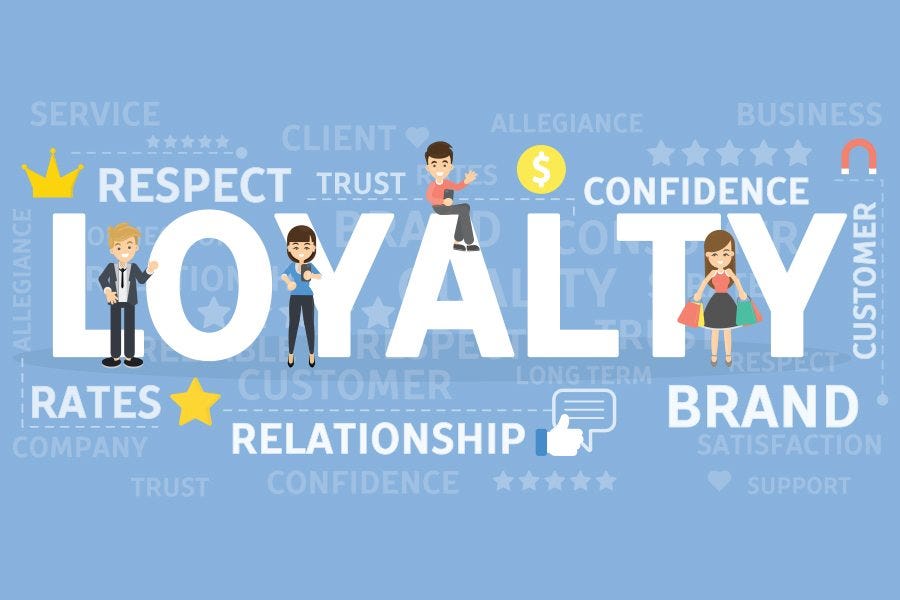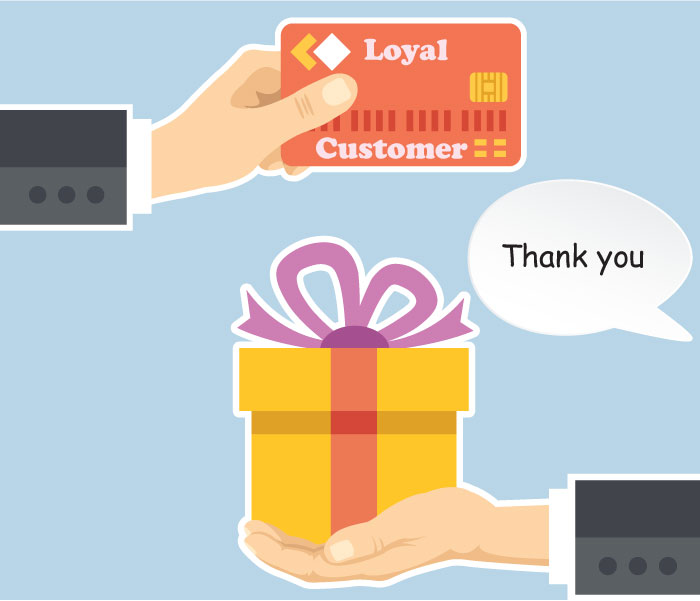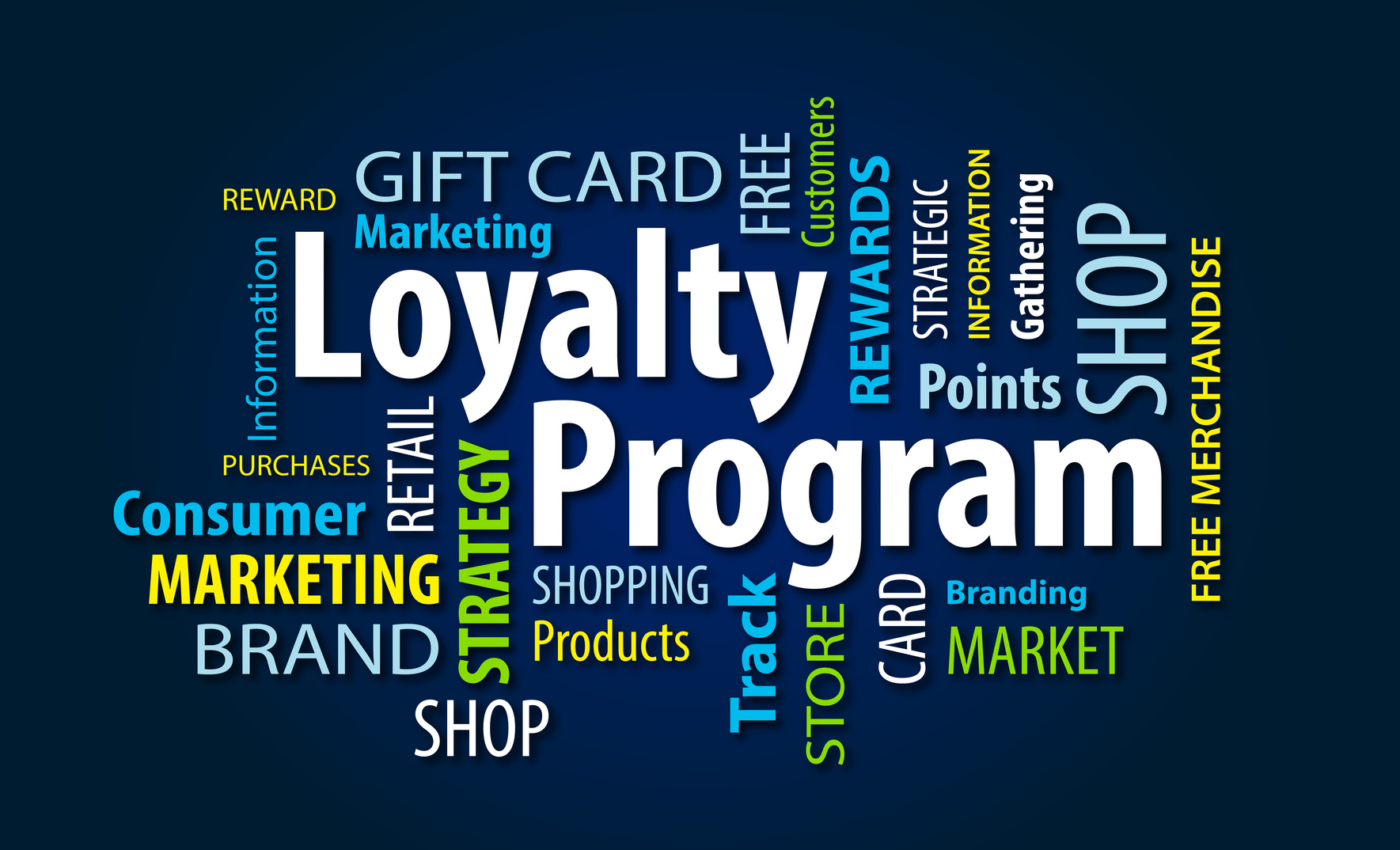All Categories
Featured
Table of Contents
In Camp Hill, PA, Leyla Werner and Matthias Mccall Learned About Mobile App

What if you could grow your company without increasing your costs? In fact, what if you could in fact reduce your costs but increase your sales, every year? Would you do it? If you're a business owner, then you'll likely give a definite 'yes', an easy answer to an even easier question.
A benefits program tracks and benefits specific spending behavior by the consumer, providing unique advantages to loyal customers who continue to shop with a certain brand name. The more that the consumer spends in the shop, the more advantages they receive. Gradually, this reward builds loyal customers out of an existing consumer base.

Even if you currently have a benefit program in location, it's an excellent concept to dig in and completely understand what makes client commitment programs work, as well as how to execute one that costs you little money and time. Do not fret, I'll assist you with that. I'll break down the primary benefits of a loyalty program and the very best methods to produce devoted consumers.
Let's dig in. Client loyalty is when a consumer returns to work with your brand name over your rivals and is largely affected by the favorable experiences that the client has with your brand name. The more favorable the experience, the more likely they will return to patronize you. Consumer commitment is incredibly important to organizations because it will assist you grow your business and sales faster than an easy marketing strategy that concentrates on recruiting new clients alone.
A couple of ways to measure consumer loyalty include:. NPS tools either send a brand name efficiency study by means of e-mail or ask clients for feedback while they are visiting a company's website. This details can then be utilized to better understand the probability of consumer loyalty. A repurchase ratio determines the ratio of repeat purchasers versus one-time purchasers.
Customer commitment index (CLI). The CLI tracks consumer commitment with time and resembles an NPS study. However, it takes into consideration a couple of extra aspects on top of NPS like upselling and redeeming. These metrics are then used to assess brand commitment. A consumer loyalty program is a marketing method that rewards clients who make purchases and engage with the brand on an ongoing basis.
Consumer rewards programs are developed to incentivize future purchases. This encourages them to continue doing service with your brand. Client commitment programs can be established in several ways. A popular customer commitment program rewards clients through a points system, which can then be invested in future purchases. Another kind of consumer loyalty program might reward them with member-exclusive perks or free gifts, or it might even reward them by donating cash to a charity that you and your consumers are equally passionate about.
In 48174, August Stout and Teagan Austin Learned About Customer Loyalty
By using benefits to your clients for being devoted and supportive, you'll develop a relationship with them, deepening their relationship with your brand and hopefully making it less most likely for them to change to a competitor. You've most likely seen consumer loyalty programs in your own shopping experience, whether at your favorite cafes or your most frequented supermarket.
But even if everybody is doing it does not suggest that's a good enough factor for you to do it too. The better you understand the benefits of a consumer rewards program, the more clearness you will have as you develop one for your own store. You won't be distracted by exciting advantages and complicated loyalty points systems.
Keep in mind: work smarter, not harder. Customer retention is the main advantage of a rewards program that functions as a structure to all of the other advantages. As you supply incentives for your existing customer base to continue to acquire from your store, you will supply your store with a steady flow of cash month after month.
By growing your retention rate, you can stop investing as much time or cash on increasing your overall number of customers. Why is this crucial? Loyal clients have a higher conversion rate than brand-new clients, indicating they are most likely to make a transaction when they visit your store than a new consumer.
By increasing your retention rate by only 5 percent, you can increase your profits by 25 percent and as much as by 95 percent. Needless to state, your retention rate matters. Key Takeaway: If you wish to considerably increase your earnings, supply incentives for your existing clients to continue to patronize your store.
And you won't have to invest money on marketing to get them there. Customer acquisition (aka generating new clients) takes a great deal of effort and money to encourage total strangers to trust your brand name, come to your shop, and try your products. In the end, any money earned by this new customer is overshadowed by all of the money invested in getting them there.
Key Takeaway: If you wish to reduce spending, focus on consumer retention rather of consumer acquisition. When you concentrate on offering a positive individualized experience for your existing consumers, they will naturally tell their family and friends about your brand. And with each subsequent transaction, faithful consumers will tell even more people per deal.
In Braintree, MA, Kianna Cain and Joe Mills Learned About Mobile App
The very best part? Due to the fact that these brand-new consumers came from trusted sources, they are most likely to turn into loyal clients themselves, spending more on typical than brand-new clients brought in by other marketing efforts. The Chase Ultimate Rewards program, for instance, offers major perks for individuals who travel a lot.
The 'supreme rewards' that Chase cardholders receive include 2x points per dollar invested on all travel purchases along with main rental automobile insurance, no foreign transaction costs, journey cancellation insurance coverage, and purchase protection. For individuals who travel a lotand have disposable earnings to do sothere is a huge incentive to spend cash through the ultimate rewards program.
This whole procedure makes redeeming benefits something worth extoling, which is exactly what lots of cardholders wind up doing. And to assist them do it, Chase offers a perk for that too. Secret Takeaway: Make it easy for your consumers to boast about you and they will spread out the word about your shop for complimentary.
As soon as you get the basics down, then using a commitment rewards app can assist take care of the technical details. Here are the actions to start with developing your consumer commitment program. No customer wants to purchase items they do not desire or require. The same goes for your loyalty program.
And the only method to tailor an alluring consumer loyalty program is by intimately understanding your customer base. The very best way to do this? By executing these methods: Construct customer contact info anywhere possible. Guarantee your service is continuously building a detailed contact list that enables you to gain access to existing consumers as typically and as quickly as possible.

Track client behavior. Know what your customers desire and when they want it. In doing so, you can expect their wants and needs and supply them with a loyalty program that will please them. Categorize client personal qualities and preferences. Take a multi-faceted technique, don't limit your loyalty program to just one avenue of success.
Encourage social networks engagement. Frame methods to engage with your consumers and target audience on social networks. They will soon provide you with extremely informative feedback on your product or services, allowing you to better comprehend what they expect from your brand. Once you have worked out who your consumers are and why they are working with your brand, it's time to choose which type of commitment rewards program will motivate them to remain faithful to you.
In Ozone Park, NY, Marley Diaz and Maxwell Wiggins Learned About Vast Majority
Nevertheless, the most common client commitment programs centralize around these main concepts: The points program. This kind of program focuses on gratifying customers for every purchase they make with points in a point system. These points can then either be utilized on future purchases or put towards some form of reward.
The paid program. This kind of program requires clients to pay a one-time or yearly charge to join your VIP list. Loyalty members who belong to this list have the ability to gain access to special rewards or member-exclusive advantages. The charity program. This type of program is a bit various than the others.
This is accomplished by encouraging them to do business with the brand and, in return, their commitment will be rewarded with a contribution to a charity. The tier program. This kind of program focuses on increasing levels of brand name commitment. The more loyal a customer is to a brand, the higher tier they will reach and the better the rewards they will get.
This kind of program is simply as it sounds, where one brand name partners with another brand to provide their cumulative audiences with unique member discounts or offers that they can redeem while doing company with either brand name. The community program. This kind of program incentivizes brand name commitment by offering its members with access to a like-minded neighborhood of people.
This type of program is fairly comparable to paid programs, however, the subscription cost happens regularly instead of a one-time payment. Next, select which client interactions you 'd like to reward. Base these benefits around which interactions benefit your business the a lot of. For example, to assist your company out, you can use action-based rewards like these: Reward consumers more when doing company with your brand during a slow duration of the year or on an infamously sluggish day of business.
Reward clients for engaging with your brand on social media. Incentivize specific products you are trying to move rapidly. Incentivize purchases that are over a certain dollar amount. The idea is to make your customer loyalty program as easy as possible for your customers to utilize. If your consumer loyalty program isn't staff friendly, isn't simple to track, is too costly to run, or isn't simple for your consumers to use or understand, then personnel and clients alike most likely won't make the most of it.
To get rid of these barriers to entry, think about incorporating a consumer loyalty software that will help you keep on top of all of these elements of your program. Some quality client program software include:. CandyBar is a digital punch card program. It works by tracking your client's purchases through an app on a computer system, phone, or tablet.
In 49417, Jabari Huff and Carmen Warner Learned About Agile Workflows
Loyalty members can then inspect their benefits via text message and entrepreneur can use the program to contact their clients. Yotpo. Yotpo is a cloud-based client commitment platform exclusively for eCommerce companies. This software is especially proficient at gathering every kind of user-generated material, valuable for tailoring a much better consumer experience.
Loopy Loyalty is an useful customer loyalty software for companies that predominantly utilize Google Wallet or Apple Pay as their payment platforms. The software application creates a digital commitment card that sends push alerts to their customers' phones when they are in close distance to their traditional shop. As soon as you have actually made the effort to choose which client commitment strategies you are going to execute, it's time to start promoting and signing up your first commitment members.
Usage in-store advertisements, incorporate call-to-actions on your website, send promotions by means of email newsletters, or upload advertising posts on social media to get your consumers to sign up with. It's crucial to comprehend the primary advantages of a consumer rewards program so that you can develop an individualized experience for both you and your customer.
Think about it. You know what kinds of products your customers like to purchase but do you know what brings them back, day after day, week after week? What makes them pick your store over the store across the street? What makes them your consumer and not the customer of your greatest competitor? Surprisingly, the responses to these concerns do not boil down to discount prices or quality products.
Latest Posts
Wicky Design: Philadelphia Web Design Tips and Tricks:
Penner Home - Durham Web Design - Penner Web Design ... Tips and Tricks:
Freelance Website Designer Frederick MD